Hey, everybody! President Joe Biden has unveiled his first infrastructure proposal and … hot damn.
The eight-year "American Jobs Plan" would spend $2.25 trillion on a huge range of initiatives, from highways to the energy grid, water systems, airports, transit systems, broadband, energy R&D, and — paging a Sen. Joe Manchin — abandoned coal mine clean-up.
This is an amazing document. Yes, there’s stuff in it that I would take out (some highway spending) and stuff I would add (more transit spending). Yes, a serious transition to sustainability would probably take closer to $10 trillion. Yes, there’s a very good chance the plan gets cut or compromised on the way to passage, if it passes at all, which is far from certain.
Still. As presented by the Biden team, it represents not only an enormous total investment, but some really smart investments, in areas where the positive knock-on effects for the clean energy transition could be enormous. There were some true-blue energy wonks involved in writing this thing.
I’ll just quickly go over the parts that are most exciting to me and then mention a couple of benefits that are getting underplayed.

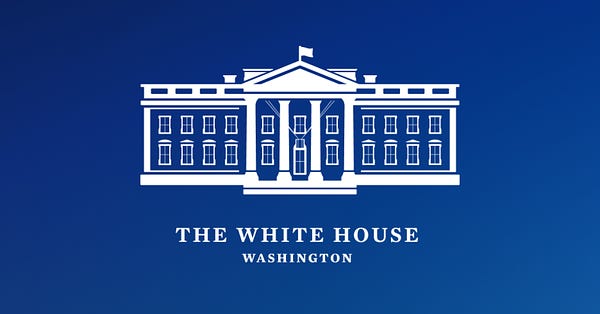
Transportation
The plan would put $174 billion toward a plan to “win the EV market,” which is on the verge of enormous growth. Biden wants to create a domestic supply chain for batteries and EVs (something that is virtually nonexistent today) and domestic manufacturing capacity to make the EVs, all of which will create domestic jobs.
It would offer point-of-sale rebates to purchasers of domestic-made EVs, “while ensuring that these vehicles are affordable for all families and manufactured by workers with good jobs.”
It would offer grants and incentives to state and local governments and private businesses to install EV charging stations, with the goal of 500,000 up and running by 2030.
And I love this, though I wish it were much bigger: “Replace 50,000 diesel transit vehicles and electrify at least 20 percent of our yellow school bus fleet through a new Clean Buses for Kids Program at the Environmental Protection Agency, with support from the Department of Energy.” This will put us on “a path to 100 percent clean buses.”
I have sung the praises of electric city buses; see Vox’s Kelsey Piper on electric school buses. Not only do they save money over time, but they generate immediate air quality benefits for some of the most vulnerable populations — kids and low-income and POC communities, who bear the brunt of diesel pollution. The benefits wildly outweigh the costs. (On the campaign trail, Bernie Sanders proposed $407 billion just for electric buses, which is more like it.)
Finally, oh, by the way: the plan “will utilize the vast tools of federal procurement to electrify the federal fleet, including the United States Postal Service.” Whaaat?
As Sarah Kaplan reported in The Washington Post in January:
There are some 645,000 vehicles in the federal fleet. They include roughly 200,000 passenger vehicles, 78,517 heavy-duty trucks, 47,369 vans, 847 ambulances and three limousines.
That’s a lot of vehicles.
As for electrifying the 225,000 Postal Service vehicles, I have written at great length about what a fantastic idea that is. This part of the plan is honestly like a present to me. Thank you, Joe Biden.
It’s not all about cars and trucks, though. The plan also has $85 billion for public transit (“to modernize existing transit and help agencies expand their systems to meet rider demand”), which would double existing federal investment in transit, and at least $80 billion for rail (“to address Amtrak’s repair backlog; modernize the high traffic Northeast Corridor; improve existing corridors and connect new city pairs; and enhance grant and loan programs that support passenger and freight rail safety, efficiency, and electrification.”)
As for transportation infrastructure, there’s $20 billion for “a new program that will reconnect neighborhoods cut off by historic investments and ensure new projects increase opportunity, advance racial equity and environmental justice, and promote affordable access” and $25 billion “for a dedicated fund to support ambitious projects that have tangible benefits to the regional or national economy but are too large or complex for existing funding programs.”
In my dream world I would spend much more on transit and rail, but this is a huge improvement over previous infrastructure bills, even from Democrats.


Transmission
Readers of Transmission Month know that long-distance transmission is very much needed for national decarbonization and currently very difficult to build.
The big news in the plan is that Sen. Martin Heinrich’s federal transmission investment tax credit (ITC) made it in. The fact sheet doesn’t specify the size of the ITC, but Heinrich’s proposal is 30 percent. The idea is to spur “the buildout of at least 20 gigawatts of high-voltage capacity power lines and mobilize tens of billions in private capital off the sidelines.”
And remember my post on using existing rail and road rights-of-way to site long-distance transmission? Get this: “President Biden’s plan will establish a new Grid Deployment Authority at the Department of Energy that allows for better leverage of existing rights-of-way – along roads and railways – and supports creative financing tools to spur additional high priority, high-voltage transmission lines.”
Hell yes.
Innovation
I have also written a great deal about the importance of concerted, well-funded clean-energy innovation policy. The US currently spends about $150 billion a year on R&D, of which about half goes to the Department of Defense and a paltry $8 billion goes to energy research. Biden’s plan calls for $180 billion of research money for the “technologies of the future.”
It would spend $50 billion on the National Science Foundation (NSF) to create a technology directorate that would coordinate advanced-tech research across agencies, $30 billion on R&D to spur job creation in rural areas, and $40 billion on upgrading research labs across the country. Half of that lab money would go to “Historically Black Colleges and Universities (HBCUs) and other Minority Serving Institutions, including the creation of a new national lab focused on climate that will be affiliated with an HBCU.”
A climate lab in an HBCU is a nice touch. Good stuff.
Speaking of climate change, the plan would put $35 billion specifically toward tech research and innovation focused on the climate crisis, in part by creating an ARPA-C (modeled on ARPA-E and, before it, DARPA) “to develop new methods for reducing emissions and building climate resilience.”
And the plan contains something for which every innovation scholar and expert has been advocating for years: funding for demonstration projects.
In addition to a $5 billion increase in funding for other climate-focused research, his plan will invest $15 billion in demonstration projects for climate R&D priorities, including utility-scale energy storage, carbon capture and storage, hydrogen, advanced nuclear, rare earth element separations, floating offshore wind, biofuel/bioproducts, quantum computing, and electric vehicles, as well as strengthening U.S. technological leadership in these areas in global markets.

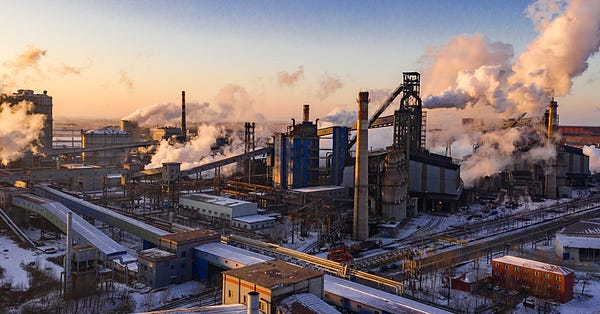
And there are some other bits scattered throughout, like “ten pioneer facilities that demonstrate carbon capture retrofits for large steel, cement, and chemical production facilities, all while ensuring that overburdened communities are protected from increases in cumulative pollution.”
This investment in clean-energy innovation is long, long overdue, and something that every Democrat, including Manchin, at least claims to support.
Clean energy standard
Midway through one of the bullet points, almost as an aside, we get this:
President Biden will establish an Energy Efficiency and Clean Electricity Standard (EECES) aimed at cutting electricity bills and electricity pollution, increasing competition in the market, incentivizing more efficient use of existing infrastructure, and continuing to leverage the carbon pollution-free energy provided by existing sources like nuclear and hydropower.
This is rather cryptic given that a CES is a central part of Biden’s climate plan. I’ve heard of clean electricity standards and efficiency standards, but I’ve never heard of an EECES and there’s not much here on how it would work or its targets. (The mention of nuclear and hydropower seems like a signal to lawmakers in, say, the Upper Midwest that they don’t need to be nervous.)
It’s good that this made it into the plan, but the lack of detail does cause one to wonder how much faith the administration has that it will survive the coming Manchin Bath.
(Listen to my podcast with Dr. Leah Stokes and Sam Ricketts on how to get a CES through reconciliation.)
Buildings and distributed energy
I have also written on the importance of decarbonizing buildings. (I am old and have written about everything.) Biden’s plan would drop a whopping $213 billion on upgrading buildings.
The plan would “produce, preserve, and retrofit more than a million affordable, resilient, accessible, energy efficient, and electrified housing units” and “build and rehabilitate more than 500,000 homes for low- and middle-income homebuyers.”
It would also — my heart sings — create a competitive grant program to reward local jurisdictions that take steps to eliminate exclusionary zoning. (Read Sightline’s Dan Bertolet for more on the evils of exclusionary zoning.)
The plan has $27 billion for a Clean Energy and Sustainability Accelerator “to mobilize private investment into distributed energy resources; retrofits of residential, commercial and municipal buildings; and clean transportation.”
There’s $40 billion to improve public-housing infrastructure. There’s money to upgrade, modernize, and reduce the greenhouse gas emissions of schools ($100 billion), community colleges ($12 billion), child-care facilities ($25 billion), VA hospitals ($18 billion), and federal buildings ($10 billion).
All of that work on buildings creates lots and lots of high-skill domestic jobs that can’t be outsourced, while reducing energy bills for consumers.
So much more
I’ve only highlighted a handful of the dozens and dozens of provisions in the proposal. It extends the federal clean-energy tax credits by 10 years, aims for 100 percent broadband access, invests in resilience for vulnerable communities and ecosystems, creates hundreds of thousands of union jobs plugging orphan oil and gas wells, and on and on.
Much like the Covid recovery bill passed last month, the plan contains dozens of provisions and programs that, were they passed on their own, would count as major milestones. If even a substantial number of them make it through, this will be a historic achievement.
Biden’s job plan would have seismic direct effects on the US economy and people, but a couple of its less-discussed second-order effects are worth highlighting.
Reducing air pollution produces enormous progressive benefits
First, if Biden can kick-start a domestic EV industry the way Obama’s stimulus bill kick-started solar — if he can electrify the federal fleet, get hundreds of thousands of charging stations built, and put the electricity sector on a path to net-zero — he will have indirectly set in motion the greatest and most rapid reduction of US air pollution in generations.
As I wrote last year on Vox, all the recent science points in the same direction: air pollution, particularly smog, does much worse damage to health, at much lower exposure, than previously appreciated. The upshot of this new research is that a transition away from fossil fuels to clean energy will pay for itself in proximate health benefits alone, even setting aside reductions in future warming.
Similarly, though it will take some professional modeling to determine the exact level of pollution reductions Biden’s plan would produce, there’s a very good chance that it too would more than pay for itself in health benefits.

And, again, the impacts of air pollution are not equitably distributed. Low-income and minority communities are more likely to be located along highways or near polluting facilities. Children, the elderly, and those with disabilities are hardest hit. Reducing air pollution, especially from vehicles, is progressive, in both the economic and political senses of the term.
Cheap batteries will have spillover effects
Second, by pushing the shift to EVs and scaling up a domestic supply chain and manufacturing base, Biden’s plan will further accelerate the already vertiginous plunge in battery prices.
A recent comprehensive study found that lithium-ion batteries have fallen in price by 97 percent since their commercial introduction in 1991. As co-author Jessika Trancik of MIT put it: “lithium-ion battery technologies have improved in terms of their costs at rates that are comparable to solar energy technology, and specifically photovoltaic modules, which are often held up as the gold standard in clean energy innovation.”
Batteries’ movement down the cost curve can be accelerated by public policy, just as happened so many times for solar PV. Biden’s plan would put Americans to work making batteries cheaper.
The cheaper batteries get, the more uses they find for themselves: as home energy storage, reliable backup power for data centers, or large-scale grid storage. The more storage is distributed throughout the grid, the more stable the grid is.
Cheap storage is good for everyone. It’s difficult to predict all the knock-on effects, but I think it’s going to generate some cool surprises.
Biden’s plan faces a long, uncertain road
What Biden and the Democrats pulled off with the Covid recovery bill was something of a miracle. They held together and got a huge bill through Congress with remarkably little fuss, which never happens any more.
That moment, with its particular sense of urgency and necessity, has passed. Congress will inevitably spend a lot more time on this infrastructure bill.
Generally speaking, time is Democrats’ enemy. Every day that passes is a chance for right-wing media to fully polarize the issue and make the negotiations look ugly and contentious to the public.
Dems have to go through the motions of negotiating with Republicans, not because there’s any prospect of Republican cooperation (there isn’t), but because Joe Manchin’s political brand-building requires it, and nothing can pass without Manchin.
At some point (one hopes) it will become clear to everyone that Republicans are a lost cause and Dems must pass the bill through reconciliation, for which they only need 50 votes.
Then the only problem will be getting every single Democratic senator on board. Who knows what that will look like.
Pelosi says she wants to pass the bill by July 4, but who knows how firm that deadline will prove. There are many twists and turns and setbacks ahead.
The very best-case scenario is that Manchin (perhaps with some group of “moderates”) picks a fight over a particular item — the exact structure of the taxes that will pay for the bill, or one of the spending areas — and theatrically wins it, getting some changes made.
Meanwhile … the rest of the enormous bill passes largely unremarked. That’s basically what happened with the Covid recovery bill.
If the bill passes at all, it won’t be exactly what Biden has proposed. Nonetheless, no matter what happens, it’s worth celebrating what Biden has done here. Within this expansive infrastructure package is a mini-Green New Deal, with large-scale spending targeted at just the areas energy wonks say could accelerate the transition to clean energy — all with a focus on equity and justice for vulnerable communities on the front lines of that transition.
If it passes in anything like its current form, it will be the most significant climate and energy legislation of my lifetime, by a wide margin. I’m going to allow myself a moment of excitement and hope. Don’t worry, I’m sure it will pass.

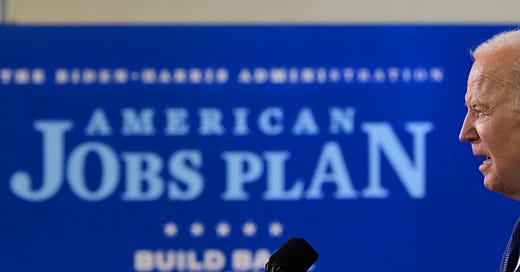




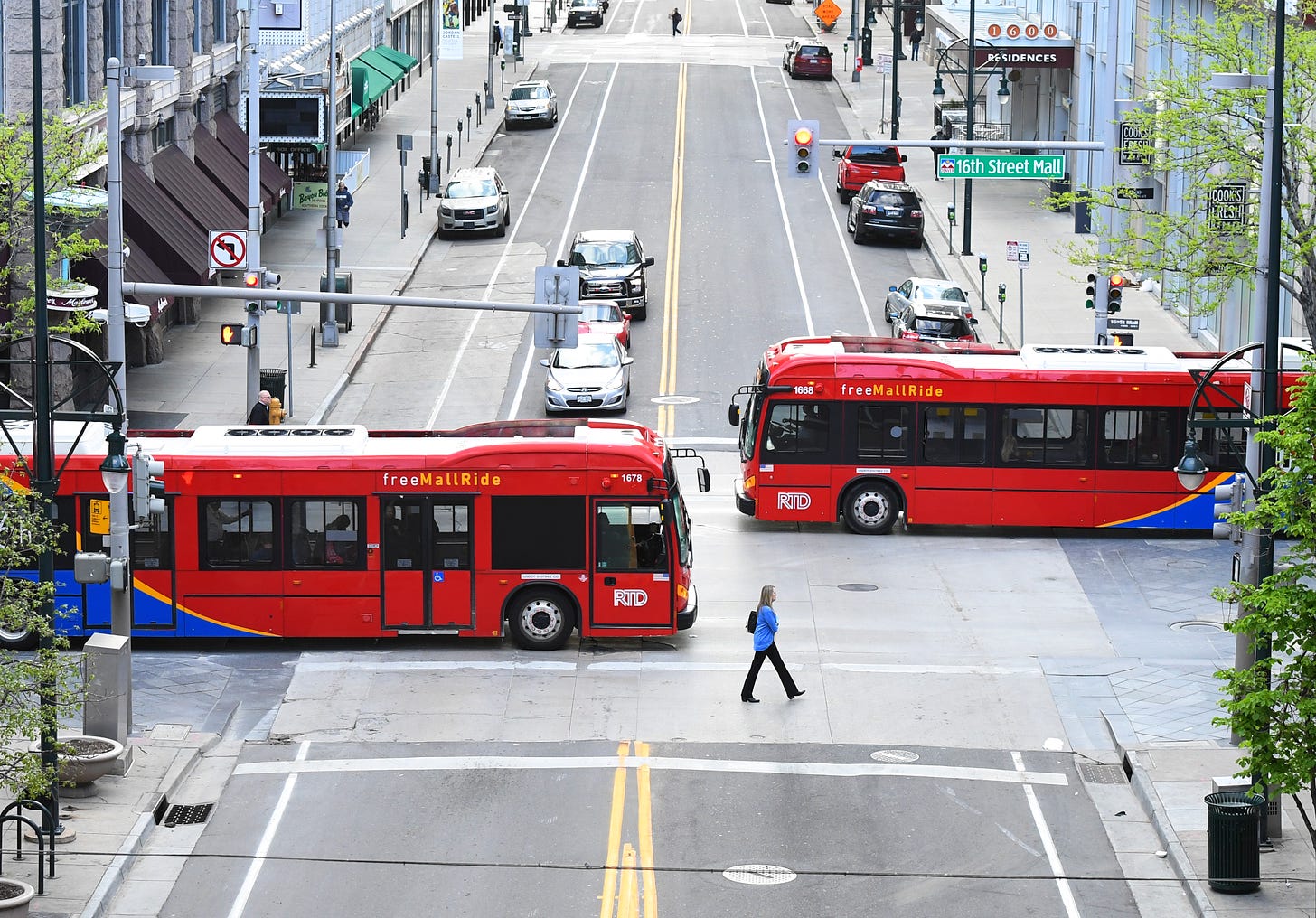
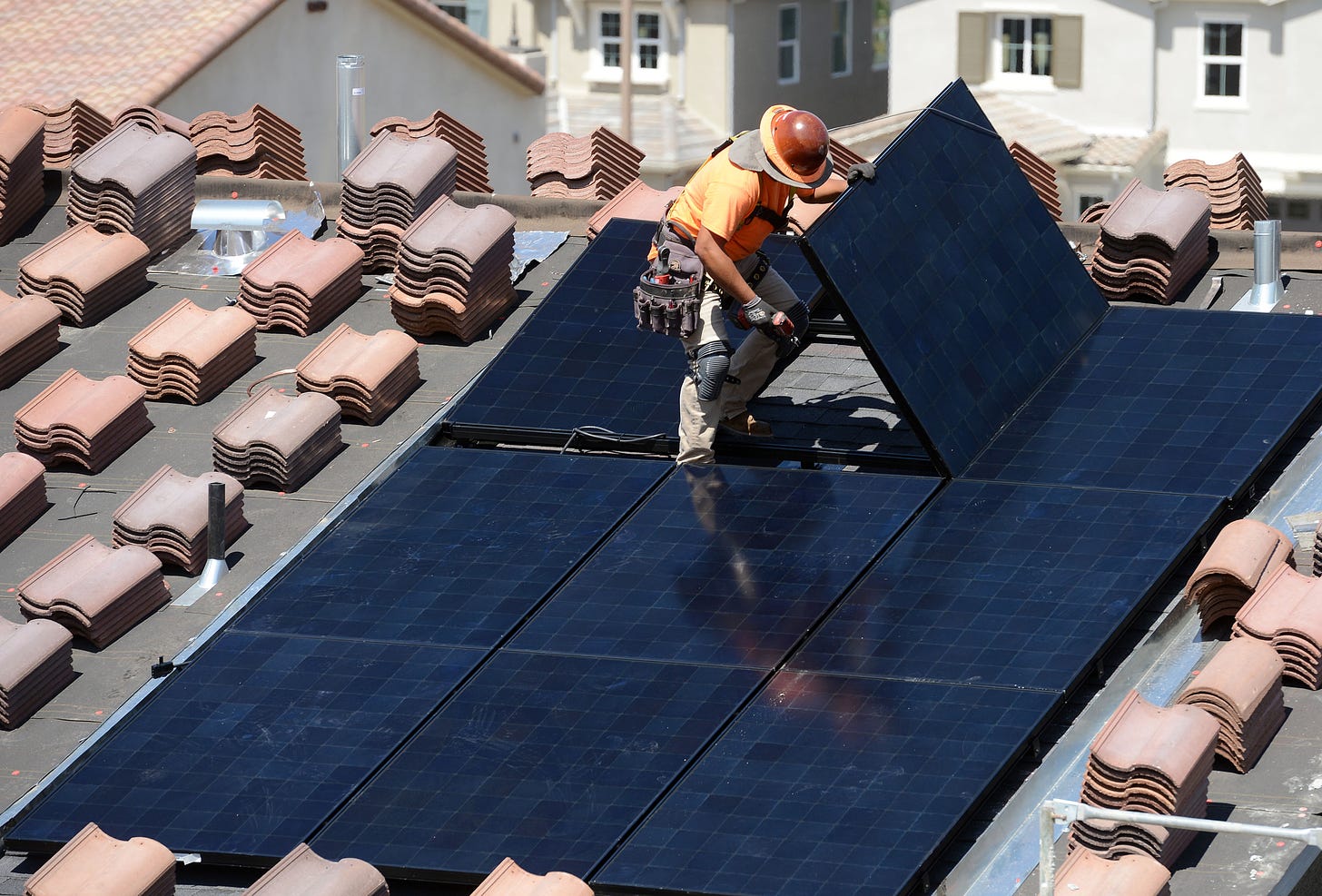
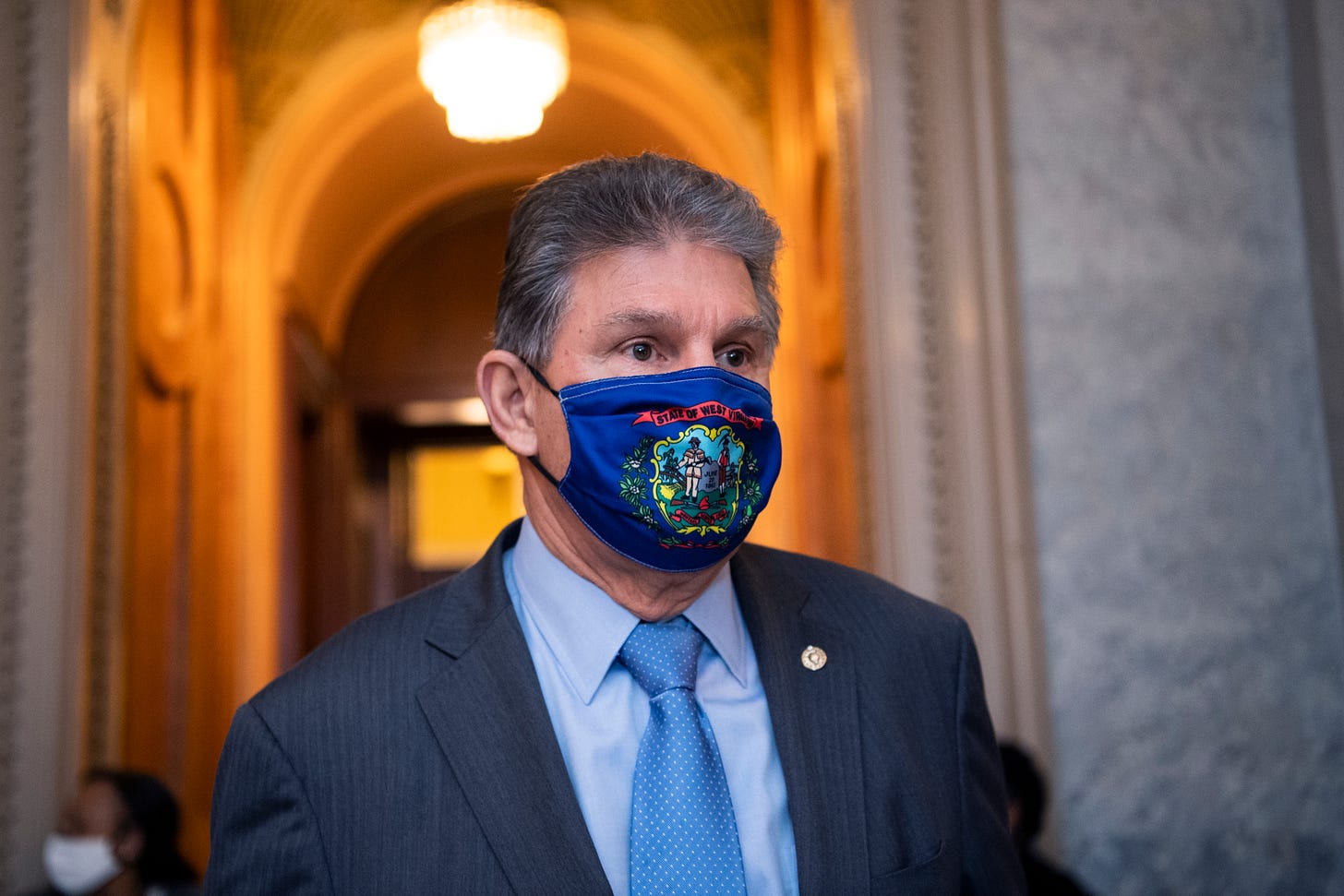









Share this post